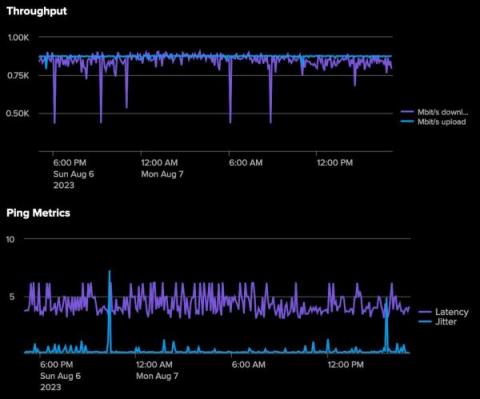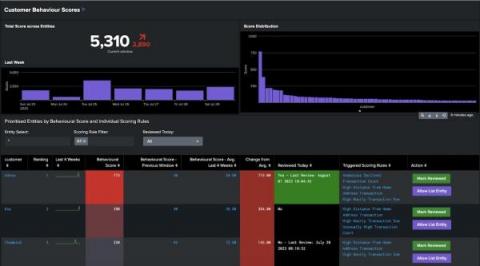Operational Intelligence: 6 Steps To Get Started
The ability to make decisions quickly can mean the difference between success and stagnation. Of course, quick decisions aren’t necessarily the right decisions. The right decisions are the best informed, and the best way to get informed is through data. That’s what operational intelligence is all about. In this article, we’re diving into all things operational intelligence (OI), including key benefits, goals and how to get started.











